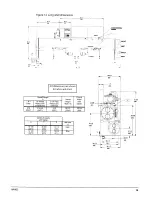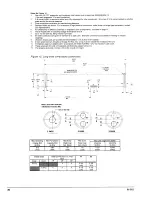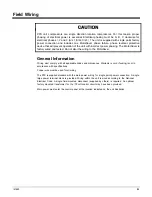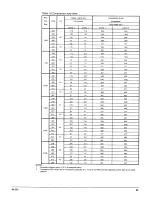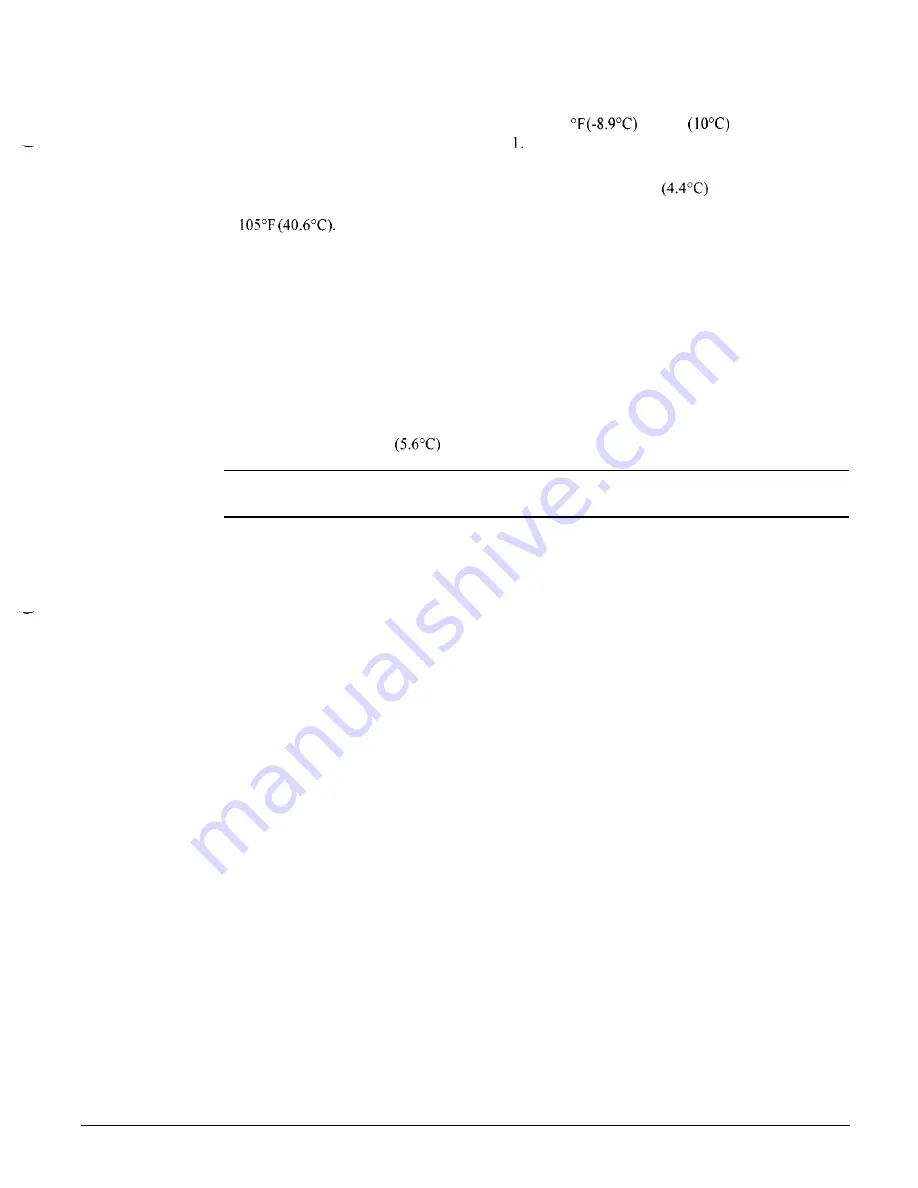
Temperature and Water Flow Limitations
PFS units are designed to operate in conditions from 2 1
to 55°F
leaving water
temperature on the evaporator side and 70°F (2 1 “C) to 95°F (35°C) entering water temperature on
the condenser side.
Glycol in the evaporator is required on all applications below 40°F
leaving evaporator
fluid temperature. The maximum allowable water temperature to the cooler in a non-operating cycle
is
The non-operating leaving condenser water temperature maximum is 115°F
(46.1 “C). Flow rates below the minimum values may cause freeze-up problems, scaling and poor
control. Flow rates above the maximum values will result in unacceptable pressure drops. excessive
nozzle and tube erosion and possibly cause tube failure.
Evaporator Freeze Protection
When freeze protection is a concern, do the following:
1.
If the unit will not be operated during the winter. drain and flush the evaporator and chilled water
piping with glycol Drain and vent connections are provided on the evaporator.
2.
When using a cooling tower, add glycol solution to the chilled water system. Freeze point should
be approximately 10°F
below minimum design ambient temperature.
Note: Freeze damage is not considered a warranty failure and is not the responsibility of
McQuay International.
3. Insulate field water piping. especially on the chilled water side.
Condenser Protection and Design Considerations
If pond or river water is used as a condensing medium and the water valves leak, the condenser and
liquid line refrigerant temperature could drop below the equipment room temperature on the “off
cycle. This problem occurs when cold water continues to circulate through the condenser and the unit
remains off due to satisfied cooling load. If this occurs:
1. Cycle the condenser pump off with the unit.
2. Verify the liquid line solenoid valves are operating properly.
Chilled Water Thermostat
The PFS water-cooled chiller is equipped with the MicroTech leaving water controller. Be careful
when working around the unit to avoid damaging lead wires and sensor cables. Check lead wires
before running the unit. Avoid rubbing the lead wires on the frame or other components. Verify the
lead wires are firmly anchored. If the sensor is removed from the well for servicing. do not wipe off
the heat conducting compound supplied in the well.
Refrigerant Charge
All units are designed for use with HCFC-22 and are shipped with a full operating charge. The
operating charge for each unit is shown in the Physical Data Table.
IM 663 9



















